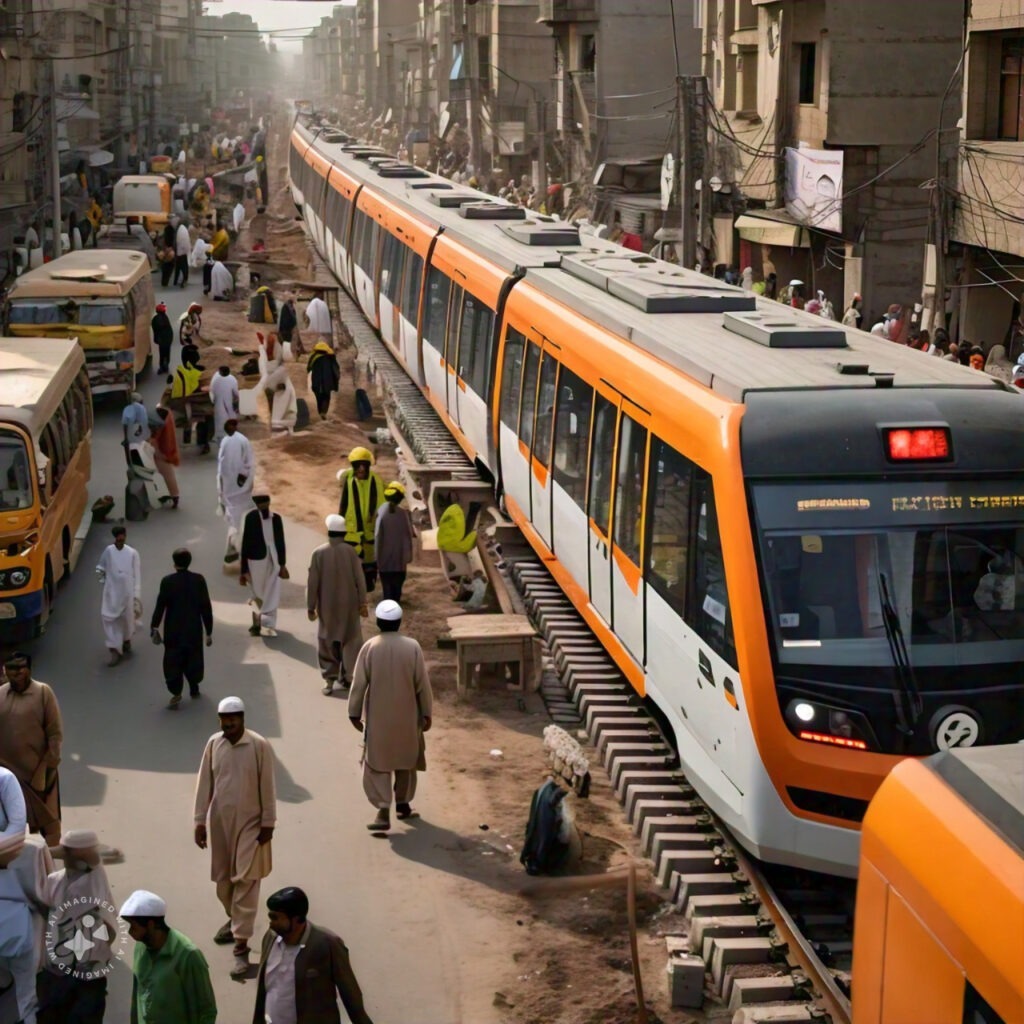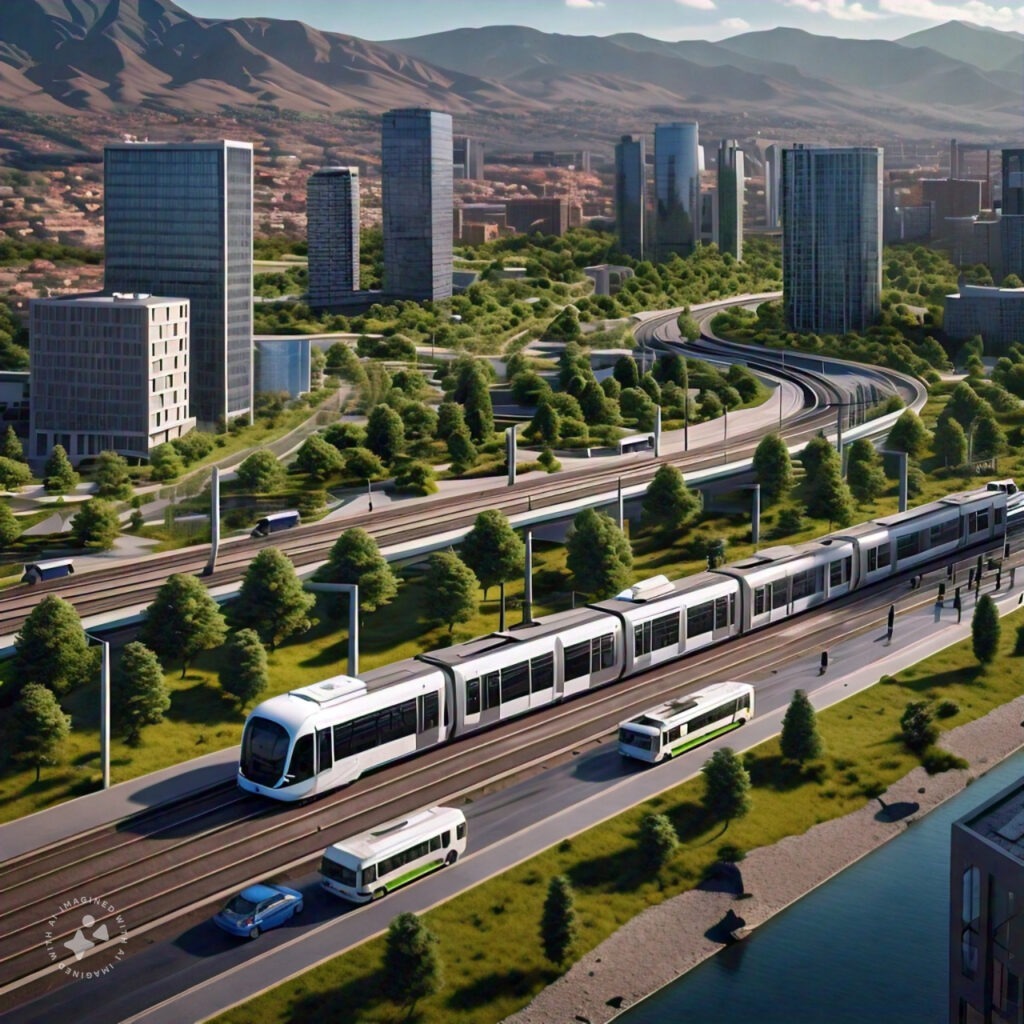Infrastructure Development in Pakistan: Projects, Impact, and Future Prospects
Pakistan, a country with immense potential and natural resources, has been facing significant infrastructure challenges for decades. However, in recent years, the government has launched numerous infrastructure development projects to boost economic growth, improve living standards, and enhance the country’s global competitiveness. In this blog, we will explore the current state of infrastructure in Pakistan, ongoing development projects, and their impact on the economy and society.
Current State of Infrastructure in Pakistan
Pakistan’s infrastructure has been neglected for years, leading to a significant gap between demand and supply. The country faces challenges in:
- Transportation: Poor road networks, inadequate public transportation, and congested ports, resulting in increased travel times, higher logistics costs, and reduced economic activity.
- Energy: Electricity shortages, inadequate generation capacity, and transmission losses, affecting industries, households, and overall economic growth.
- Water and Sanitation: Inadequate access to clean water, poor sanitation, and wastewater management, leading to health issues, environmental degradation, and reduced quality of life.
- Telecommunications: Limited internet penetration, slow speeds, and inadequate connectivity, hindering digital transformation, e-commerce, and remote work opportunities.
Ongoing Infrastructure Development Projects
The government has launched several mega-projects to address these challenges, including:
- China-Pakistan Economic Corridor (CPEC): A $62 billion project aimed at connecting China with the Middle East and Europe through Pakistan’s Gwadar Port, promoting trade, investment, and economic growth.
- Lahore Orange Line Metro Train: A 27-kilometer metro line project aimed at reducing traffic congestion, improving public transportation, and enhancing the quality of life for citizens.
- Karachi-Lahore Motorway (M-9): A 136-kilometer motorway project aimed at reducing travel time, improving connectivity, and increasing economic activity.
- Diamer-Bhasha Dam: A hydroelectric dam project aimed at increasing power generation capacity, reducing electricity shortages, and promoting renewable energy.
- Pakistan Railways Upgradation: A project aimed at upgrading the country’s rail network, increasing speed, improving efficiency, and reducing travel times.

Impact of Infrastructure Development Projects
These projects will have a significant impact on Pakistan’s economy and society, including:
- Economic Growth: Infrastructure development will increase economic activity, create jobs, attract foreign investment, and enhance global competitiveness.
- Improved Living Standards: Better transportation, energy, and water and sanitation facilities will improve living standards, reduce poverty, and enhance the overall quality of life.
- Enhanced Global Competitiveness: Modern infrastructure will increase Pakistan’s global competitiveness, making it an attractive destination for businesses, tourists, and investments.

Challenges and Opportunities
While infrastructure development projects offer immense opportunities, they also pose significant challenges, including:
- Funding: Massive funding requirements, dependence on foreign loans, and financial sustainability concerns.
- Implementation: Delays, corruption, and inefficiencies in project implementation, affecting timelines and budgets.
- Environmental Impact: Potential environmental degradation, displacement of communities, and social impact, requiring careful planning and mitigation strategies.

Future Prospects
The future of infrastructure development in Pakistan looks promising, with:
- Increased Investment: Expected increase in investment from public and private sectors, including foreign investment.
- Technological Advancements: Adoption of modern technologies, such as renewable energy, smart grids, and intelligent transportation systems.
- Regional Connectivity: Enhanced regional connectivity through projects like CPEC, promoting trade and economic growth.
Conclusion
Infrastructure development projects in Pakistan are crucial for the country’s economic growth, improved living standards, and global competitiveness. While challenges exist, the government’s commitment to infrastructure development is a step in the right direction. With careful planning, implementation, and management, these projects can transform Pakistan into a modern, prosperous, and sustainable nation.



4 comments
SocialMediaGirls
October 15, 2024 at 8:02 pm
SocialMediaGirls This was beautiful Admin. Thank you for your reflections.
Aroma Sensei
October 25, 2024 at 12:52 pm
Aroma Sensei very informative articles or reviews at this time.
Tech Learner
October 25, 2024 at 7:53 pm
Tech Learner Hi there to all, for the reason that I am genuinely keen of reading this website’s post to be updated on a regular basis. It carries pleasant stuff.
noodlemagazine
January 12, 2025 at 5:56 pm
Noodlemagazine This is my first time pay a quick visit at here and i am really happy to read everthing at one place